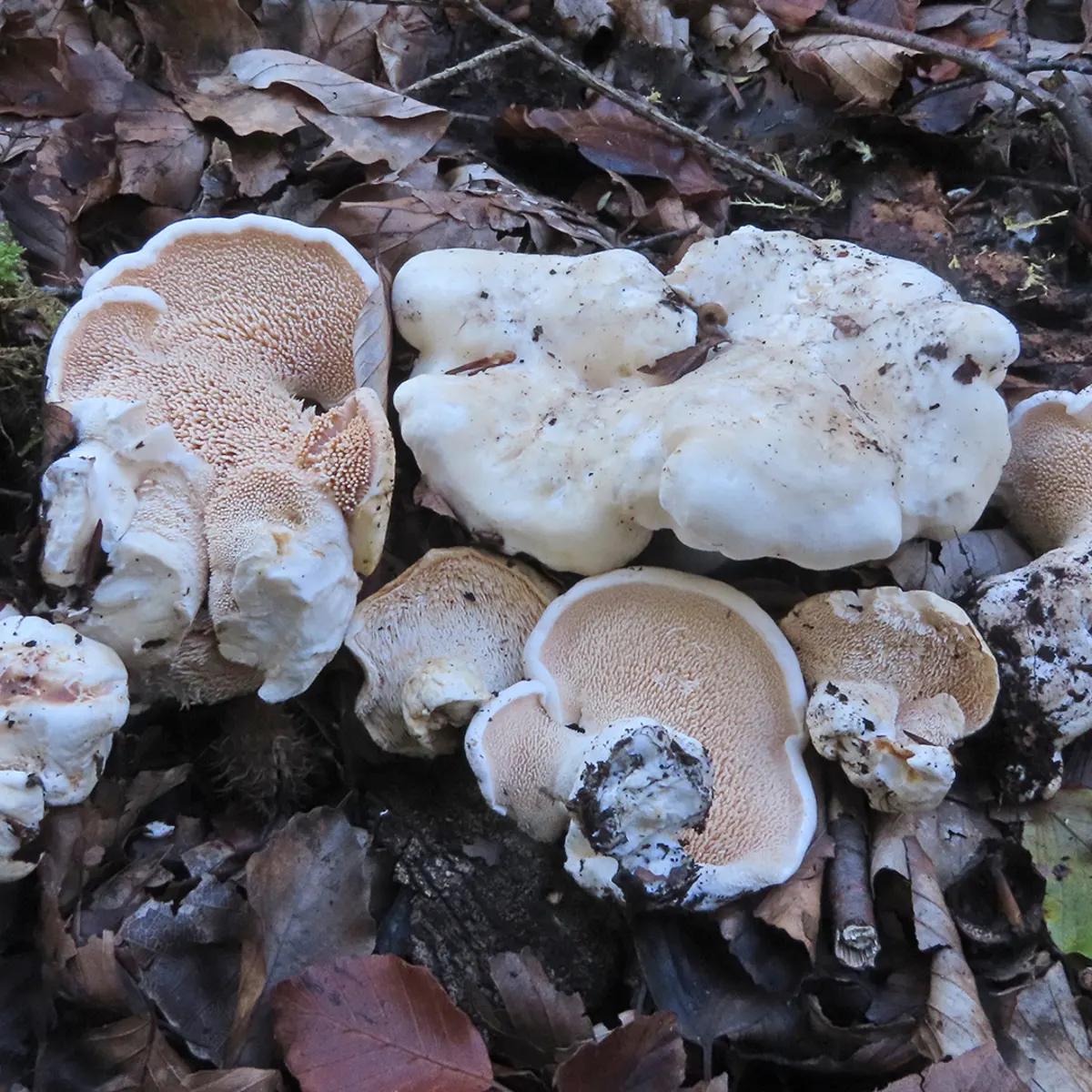
2 minute read
TIGER BEETLE
The tiger beetle is a fascinating insect known for its exceptional speed and agility. Belonging to the Carabidae family, this predatory beetle is renowned for its vibrant colors and striking patterns, often displaying metallic green, orange, or blue hues on its body. With its long, slender legs and large, prominent eyes, the tiger beetle is well adapted to hunting and capturing prey It possesses incredible speed, capable of running at blistering speeds that make it one of the fastest insects on Earth. This agile predator is highly territorial, fiercely defending its chosen habitat and utilizing its keen vision to detect potential prey When a suitable victim comes into its line of sight, the tiger beetle darts forward with lightning speed, pouncing on its prey and capturing it with its powerful mandibles. Its remarkable hunting abilities and striking appearance make the tiger beetle a captivating and remarkable creature in the insect world.
What is Rice Whale?
Advertisement
The Bay of Mexico whales, also known as a species of baleen whales, inhabit the northern region near the Gulf of Mexico. Initially classified as a subspecies of Bryde whales, further studies of their genetics and skull structure revealed their distinct species status. These magnificent creatures have streamlined bodies with a uniformly dark charcoal dorsal area and pink undersides. Notably, their unique features include a three-point height difference in their heads and nasal bones with deep holes, distinguishing them from Bryde whales.
Growing up to 13 meters in length, they primarily inhabit the northeastern area of the Bay of Mexico and share similarities in appearance with Bryde whales, displaying sleek and slender bodies. These whales predominantly occupy deep waters, diving to approximately 271 meters. Their diet primarily consists of two types of fish: lanternfish and hatchet fish

Star Like Octopus
Also known Octopus djinda, a larger global O vulgaris group member, is another fascinating addition to the list of newly discovered animals Previous beliefs held that O. vulgaris was distributed worldwide, but recent taxonomic research has unveiled distinct enigmatic species within this group. This study builds upon earlier genetic work highlighting differences between nonoverlapping populations of the Common Sydney octopus (O. tetricus).
Initially thought to be present on Australia's eastern and western coasts, it has now been determined that the population between Shark Bay and Cape Leeuwin represents a distinct species.
Since this species is part of a sustainable fishery managed by the Department of Primary Industries and Regional Development, there is no cause for concern regarding its conservation status Every individual caught is carefully documented, and extensive biomass estimates are calculated to ensure that population declines are unlikely to occur.
The species' name was chosen to differentiate it from its East Coast relative, the Common Sydney octopus. Both the common English and scientific names are derived from the language of the local Nyoongar people, with 'djinda' meaning 'star.'

Horsehair Worm

Horsehair worms, or Gordian worms, are members of the Nematomorpha group. Resembling nematodes but longer and thinner, they are typically found in water or wet areas such as streams, puddles, or animal water tanks. These harmless creatures twist their hair-like bodies into complex knots and develop as parasites within grasshoppers, crickets, cockroaches, and some beetles. After reaching maturity, they leave their hosts to lay eggs. Horsehair worms do not pose any health risks to humans, animals, or pets Adults mate in the water, with females laying long strands of eggs.
The eggs hatch within two weeks to 90 days, depending on the water temperature. The tiny hatchlings go unnoticed, and within 24 hours, they form a protective cyst. If a suitable insect ingests the cyst, the hatchling emerges, drills into the host's body cavity, and feeds on the surrounding tissues. Once mature, the worm leaves the host to continue the cycle. Horsehair worms are harmless, and their presence suggests that a host insect entered the water source and died, releasing the worm Checking for and sealing openings is recommended, as the worms themselves are not a concern, but contamination from other sources could be










